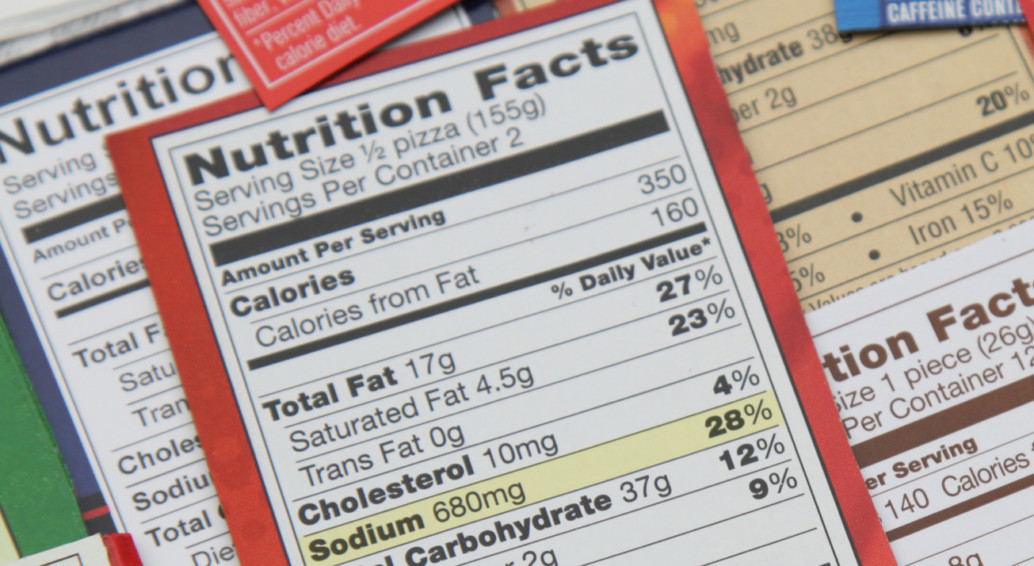Be Sodium-Smart

Make Informed Decisions
Despite what many people think, most dietary sodium (over 70%) comes from eating packaged and prepared foods — not from the salt shaker. Even though sodium may already be in many packaged foods when you purchase them, you can lower your daily sodium intake by using the Nutrition Facts label.
Know the Daily Value.
The Daily Values are reference amounts of nutrients to consume or not to exceed each day for adults and children 4 years of age and older. The Daily Value for sodium is less than 2,300 milligrams (mg) per day.
Use % Daily Value (%DV) as a tool.
The %DV is the percentage of the Daily Value for each nutrient in a serving of the food and shows how much of a nutrient contributes to a total daily diet. Use %DV to determine if a serving of the food is high or low in sodium and to compare and choose foods to get less than 100% DV of sodium each day.
As a general guide:
5% DV or less of sodium per serving is considered low, and 20% DV or more of sodium per serving is considered high.
Pay attention to servings.
The nutrition information listed on the Nutrition Facts label is usually based on one serving of the food. Check the serving size and the number of servings you eat or drink to determine how much sodium you are consuming.
Food Packaging
What It Says — What It Means
Salt/Sodium-Free — less than 5 mg of sodium per serving
Very Low Sodium — 35 mg of sodium or less per serving
Low Sodium — 140 mg of sodium or less per serving
Reduced Sodium — at least 25% less sodium than the regular product
Light in Sodium or Lightly Salted — at least 50% less sodium than the regular product
No Salt Added or Unsalted — no salt was added during processing – but these products may not be salt/sodium-free unless stated